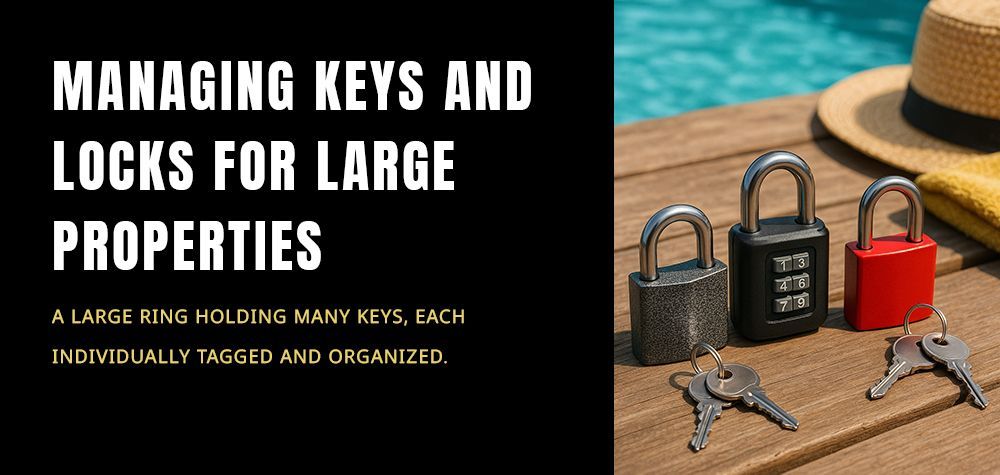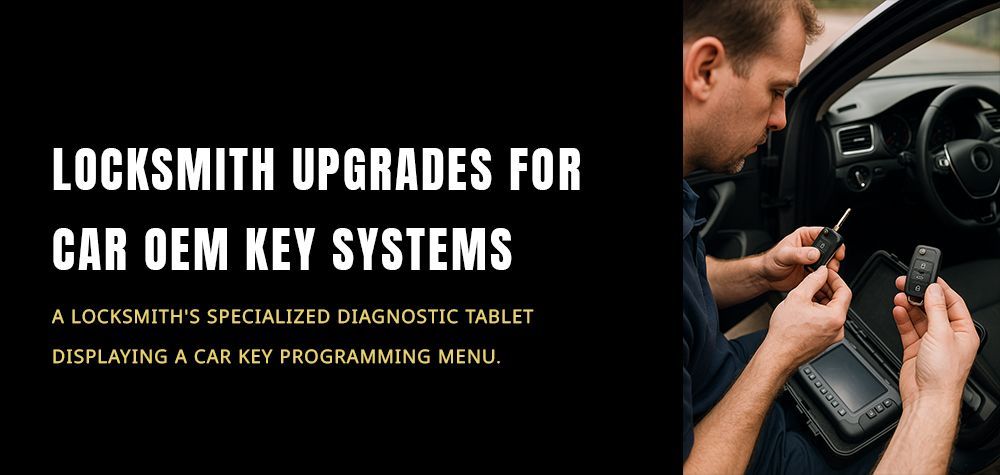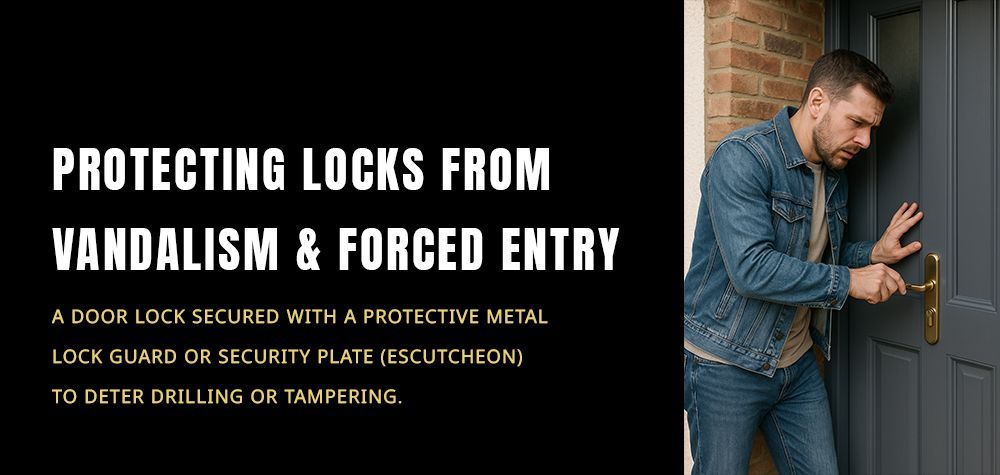Should You Replace a Lost Key or Rekey a Lock?
Losing a key can be a frustrating experience, leaving you worried about security risks and access issues. When faced with this situation, you generally have two options: replace the lost key or rekey the lock. While both solutions offer security and convenience, understanding their implications can help you make the right choice. In this guide, we’ll break down each option, discussing when one is preferable over the other, the risks involved, and expert recommendations to ensure your home or business remains secure.
5 Reasons Why Rekeying is Better Than Replacing Your Locks
Understanding Key Replacement
What Does Key Replacement Involve?
Key replacement is a straightforward process that involves creating a duplicate key for your existing lock. This method is ideal if you have a spare key or can access a locksmith who can cut a new key based on the lock model.
When Should You Replace a Lost Key?
If you’re confident that your lost key isn’t in the wrong hands or that it was misplaced within a secure location, a simple key replacement might be the best option. For example, if you lost your key inside your home or office and are sure it hasn’t been stolen, replacing it will save you both time and money.
Potential Risks of Replacing a Lost Key
The biggest risk with replacing a lost key is the possibility that someone else may find and use it. If your key was lost in a public place or near your property, someone with bad intentions could gain access. In such cases, replacing the key alone may not be enough to secure your property.
Understanding Rekeying
What Does Rekeying Involve?
Rekeying is a process where the lock mechanism is adjusted to work with a new key, rendering the old key useless. A locksmith will change the pins inside the lock cylinder, ensuring that only a new key can operate the lock.
When Should You Rekey a Lock?
Rekeying is the safer option if there is any doubt about the security of your lost key. If you suspect the key was stolen or lost in an area where someone could trace it back to your home or office, rekeying eliminates the risk of unauthorized access. Additionally, if you’ve moved into a new home or office, rekeying is a wise precaution to ensure former occupants or workers no longer have access.
Potential Risks of Rekeying
Rekeying does not replace the entire lock; it simply changes the internal mechanism. If your lock is old or damaged, rekeying may not be the best option, as the lock itself might still be vulnerable to break-ins. In such cases, a complete lock replacement may be a better long-term solution.
Cost Comparison: Key Replacement vs. Rekeying
Which Option Is More Affordable?
In general, replacing a lost key is the most cost-effective option, especially if you already have a spare. However, rekeying is also relatively affordable compared to replacing the entire lock. The cost of rekeying varies based on the type of lock and the locksmith’s service fees but is often a worthwhile investment for added security.
Expert Recommendations: What Should You Do?
- Assess the Risk: If you believe your key was stolen or lost in an insecure location, rekeying is the best option.
- Consider Convenience: If you have a spare key or the lost key was misplaced within a secure area, replacing the key might be enough.
- Think Long-Term: If your lock is old or outdated, replacing it entirely might be a better investment for enhanced security.
- Consult a Locksmith: A professional locksmith can assess your specific situation and recommend the most secure and cost-effective solution.
Preventive Measures to Avoid Future Issues
- Have Spare Keys: Always keep a duplicate key in a safe place to avoid being locked out.
- Use a Key Finder: Modern Bluetooth key finders can help you track your keys to avoid losing them in the first place.
- Upgrade to Smart Locks: If you frequently lose keys, consider installing a smart lock system that uses codes or biometrics for entry.
Conclusion
Deciding whether to replace a lost key or rekey a lock depends on the circumstances surrounding the loss. If security is a concern, rekeying is the safest option. If you’re certain your key is merely misplaced and won’t be found by the wrong person, a key replacement may suffice. Always assess the risks involved and, when in doubt, consult a professional locksmith to ensure your home or business remains secure.
Call Us Any Time!







